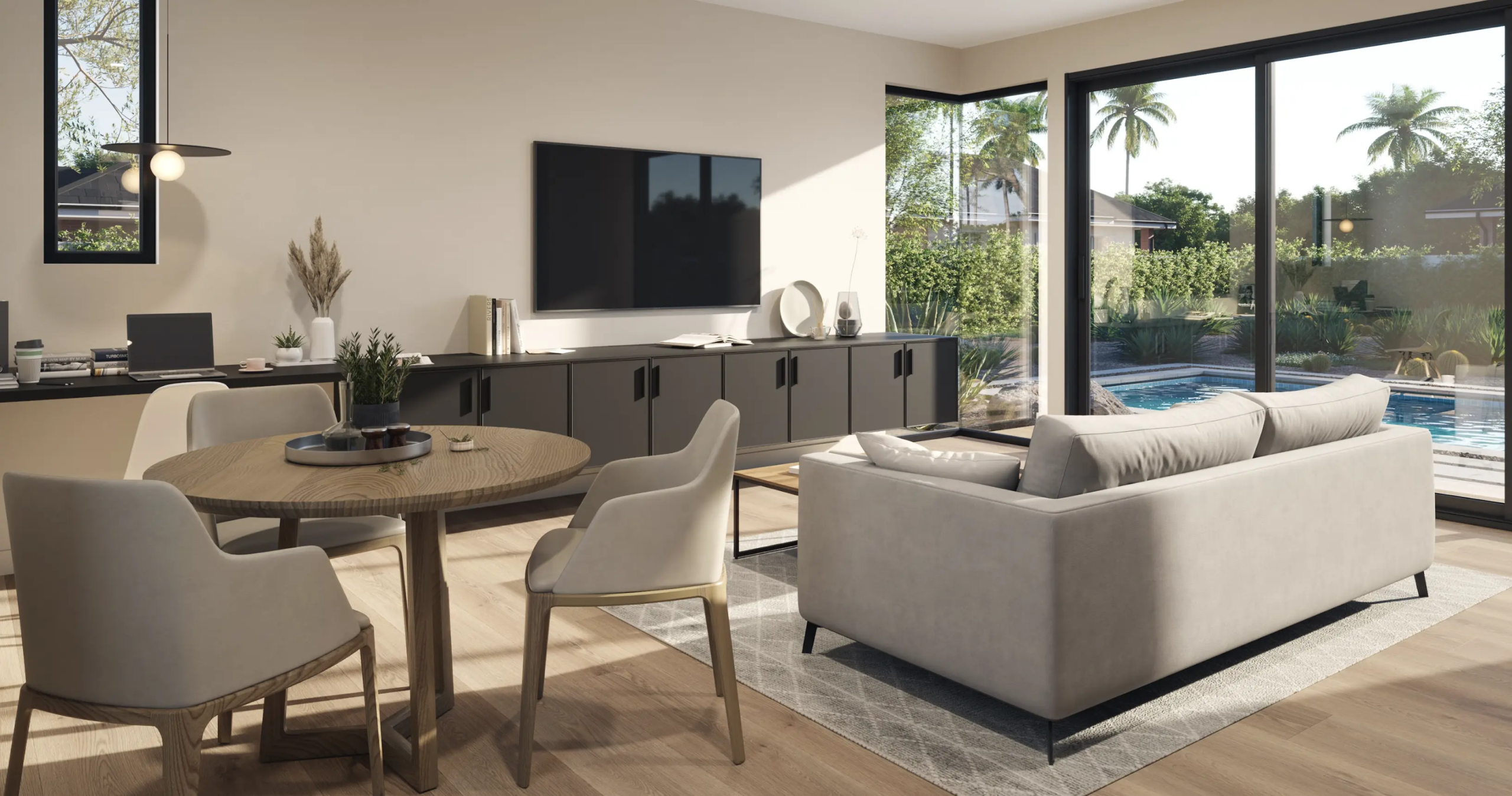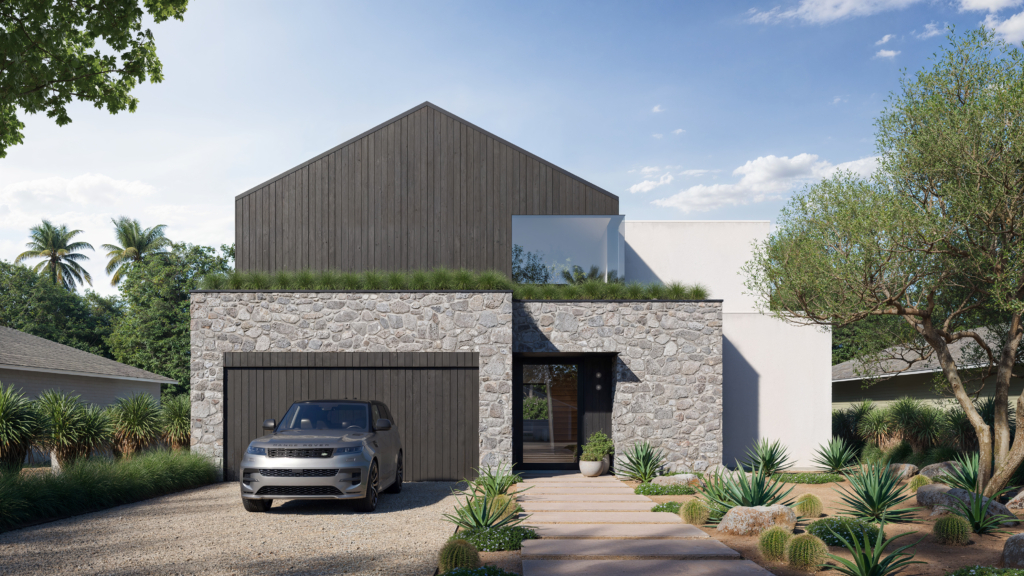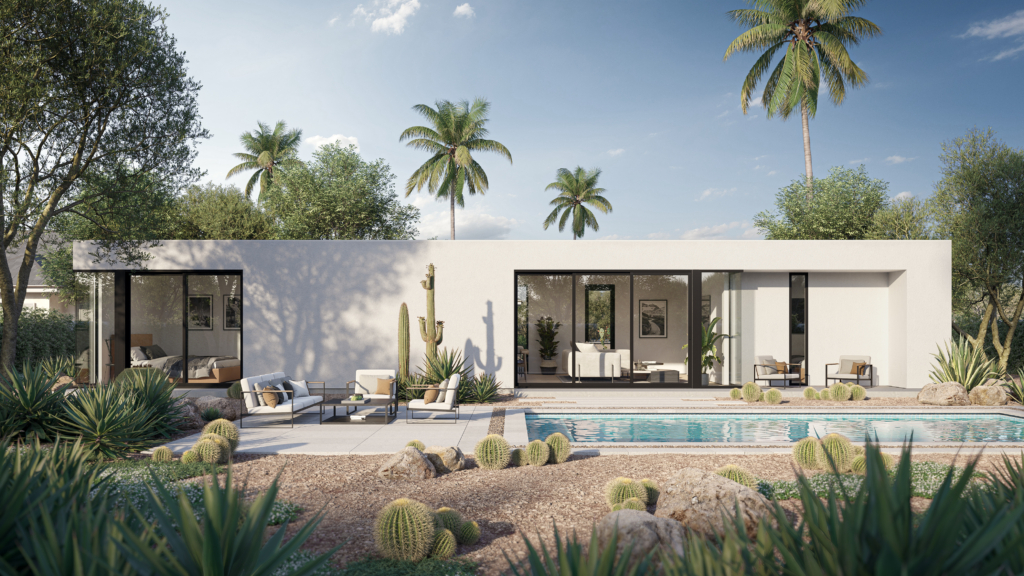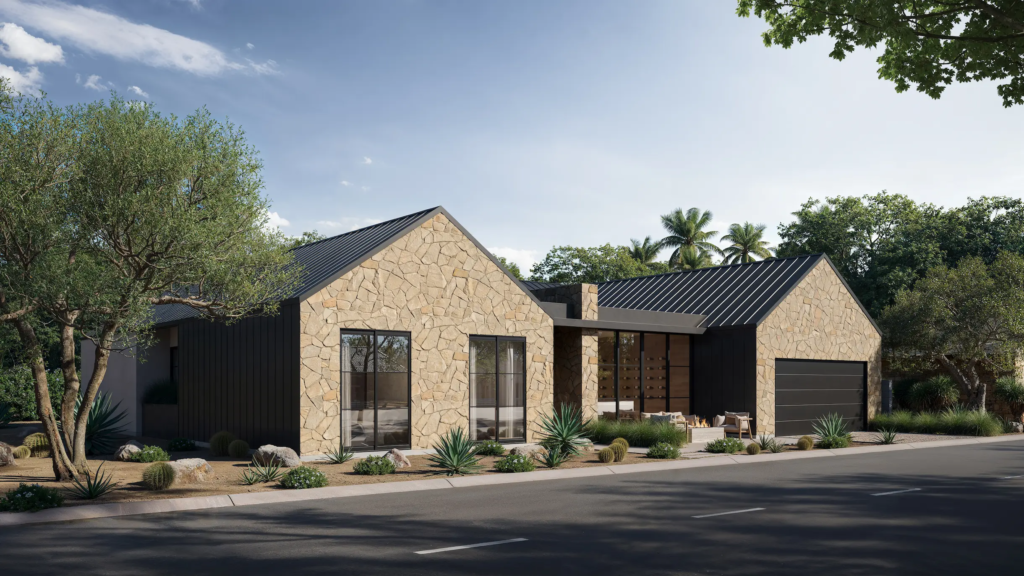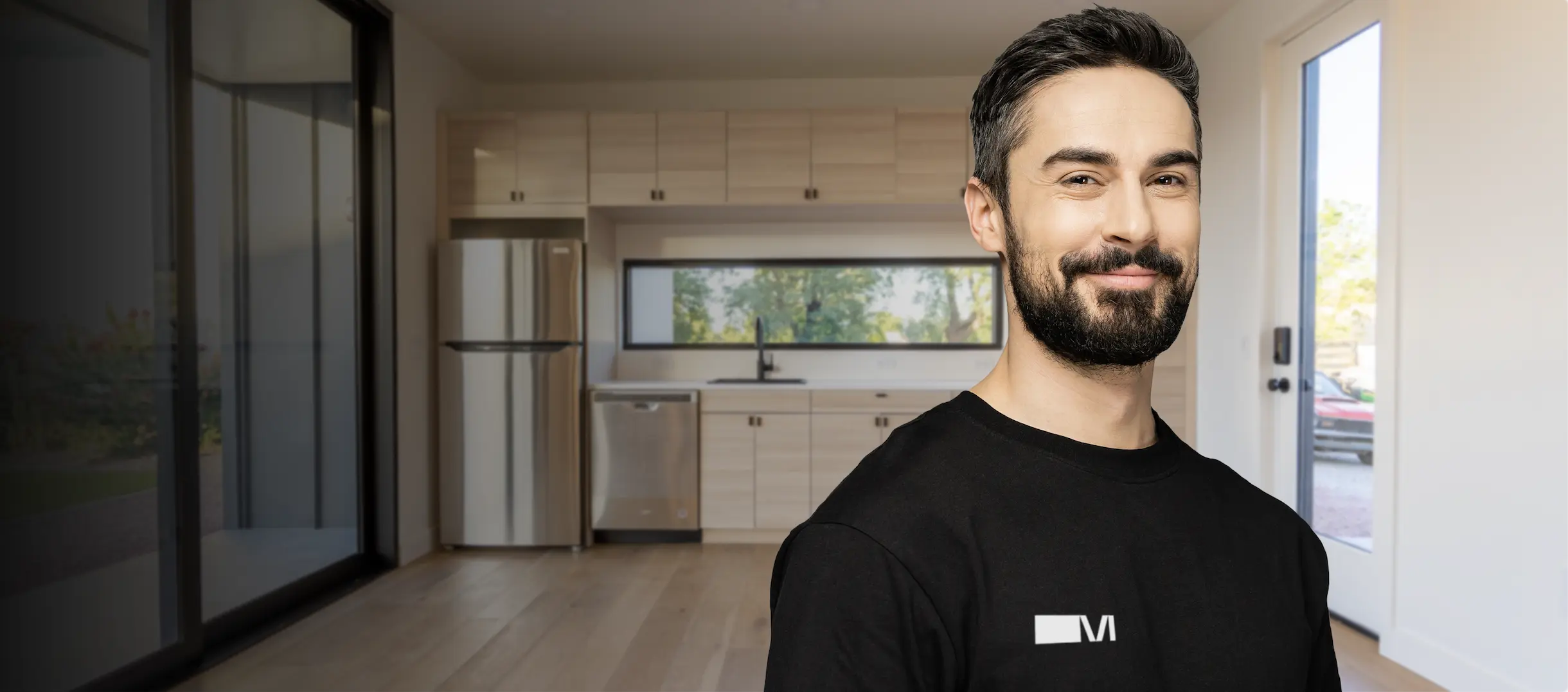Adding an Accessory Dwelling Unit (ADU) to your property in Arizona is a great investment, whether for additional living space, rental income, or enhancing property value. Financing such a project can be simple with HomeStyle Renovation loans offering a practical solution. Let’s delve into the benefits of using this type of loan, considering a construction cost of $350 per square foot in neighborhoods where homes are valued at $500 per square foot. We’ll also explore additional financing options including Cash-out Refinancing, Construction Loans, HELOCs, and Home Equity Investments.
<br>
Understanding HomeStyle Renovation Loans
<br>
HomeStyle Renovation loans, provided by Fannie Mae, allow homeowners to borrow against the future value of their home after improvements. This makes it easier to finance renovations and additions, including ADUs with your original home purchase. Here’s why they are advantageous:
<br>
- Cost Efficiency:
– These loans typically offer lower interest rates compared to HELOCs, personal loans, and credit cards.
– Borrowers can renovate any part of their home, including adding an ADU, without a minimum dollar amount.
<br>
- Flexibility:
– You can choose your own contractor, subject to lender approval.
– HomeStyle Renovation loans can be bundled with HomeStyle Energy for additional savings on energy-efficient improvements.
<br>
HomeStyle Renovation Loan Process
<br>
Phase 1 – Preparation
- Borrower works with Minimal Living Concepts to submits ADU plans to the lender.
- Lender reviews borrower’s documents to ensure the project meets all requirements.
- Lender orders an as-completed appraisal to assess maximum mortgage amount, check loan-to-value ratio, ana
<br>
Phase 2 – Construction
- Lender prepares to close by checking whether improvement funds need to be escrowed or require a contingency reserve.
- Lender and borrower execute required documents at loan closing, including a Renovation Loan Agreement.
- Funds are placed into custodial account, and lender delivers the loan to Fannie Mae®.
- Lender services the loan, managing all project draws and overseeing the renovation process.
<br>
Phase 3 – Completion
- Lender receives the final draw request, initiating the last phase of lender oversight.
- Lender orders a final inspection, appraiser signs completion certificate, and lender provides it to Fannie Mae.
- Before funds are issued, lender must ensure a clear title and make sure no additional liens remain on the property.
- After project is completed, lenders can submit required documents to remove recourse.
- Lender closes the renovation escrow account and uses any remaining funds towards reducing the unpaid principal balance (UPB).
<br>
The Financial Benefits of Building an ADU
<br>
Building an ADU can be a smart investment, especially in Arizona’s growing real estate market. Here’s why:
<br>
- Increased Property Value:
– With construction costs at $350 per square foot and home values at $500 per square foot, the added value of an ADU can significantly exceed its construction cost. For example, a 600-square-foot ADU costing $210,000 to build could potentially add $300,000 to the property’s value.
<br>
- Rental Income:
– An ADU can generate substantial rental income, providing a steady cash flow. This can be particularly attractive in a rental market like Phoenix, where demand for affordable housing is high.
<br>
- Versatility:
– ADUs can be used for various purposes, from housing family members to serving as a home office or rental unit. This flexibility adds to the overall appeal and functionality of the property.
<br>
Additional Financing Options for ADUs
<br>
Several financing options are available for building an ADU, each with its own benefits:
<br>
- Cash-out Refinancing:
– Allows you to refinance your mortgage and take out cash based on your home’s current value. This can provide the necessary funds for an ADU without taking on a separate loan.
<br>
- Construction Loans:
– Specifically designed for building new structures, including ADUs. These loans provide funds during the construction process and convert to a permanent mortgage upon completion.
<br>
- Home Equity Line of Credit (HELOC):
– Allows you to borrow against the equity in your home. It’s a flexible option with potentially lower interest rates, but the amount you can borrow is limited by your existing equity.
<br>
- Home Equity Investments:
– Companies like Unison offer home equity investments, providing cash upfront in exchange for a share in the future appreciation of your home’s value. This can provide up to 25% of your home’s equity without monthly payments, but it does involve sharing future gains with the investor.
<br>
Conclusion
<br>
Building an ADU in Arizona can be a wise investment, offering increased property value, rental income, and versatile living space. HomeStyle Renovation loans provide a flexible and cost-effective financing solution, allowing you to leverage the future value of your home to fund your project. Cash-out refinancing, construction loans, HELOCs, and home equity investments all offer viable paths to making your ADU project a reality. By carefully considering these options, you can enhance your property and achieve your financial goals.
